The red-breasted merganser is something of a boogie bird for me. One of those species that I’ve tried to see, but only glimpsed. Which is a shame, because it’s a fascinating creature. To begin with, there is something about its name: ‘Merganser’. I have no idea why, but to me it feels like something out of Tolkien, or RR Martin, a creature of fable, the kind illustrated in medieval bestiaries by assembling parts of different animals and topping them with a dragon’s head. I can hear Galndalf hissing “Stay STILL. It’s a merganser!”
No? Just me, then.
Mergansers are sawbills, members of the group of fish-eating ducks. That’s the other thing that fascinates me. A carnivorous duck? It’s just not right. It’s like turning around and finding a mallard chomping on someone’s poodle. The idea of a dog-eating duck just offends my sense of what’s right, although mergansers are solely pescatarian. They have a long, thin bill lined with small ‘teeth’ for grabbing and holding fish, hence their family name – the sawbills. We get three sawbills in the U.K. – the ‘smew’, the red-breasted merganser, and the more commonly seen ‘goosander’. I touched on goosander briefly in this post: The daily breath. Goosander are quite a common sight on lakes in winter whereas mergansers are generally more salty birds, sticking to the coast and sea. Now female mergansers are close in appearance to female goosanders. The main distinction is that the mergansers is… well, generally scruffier. The russet neck colour stops in a neat band on the goosander. On the merganser it’s much more diffuse:
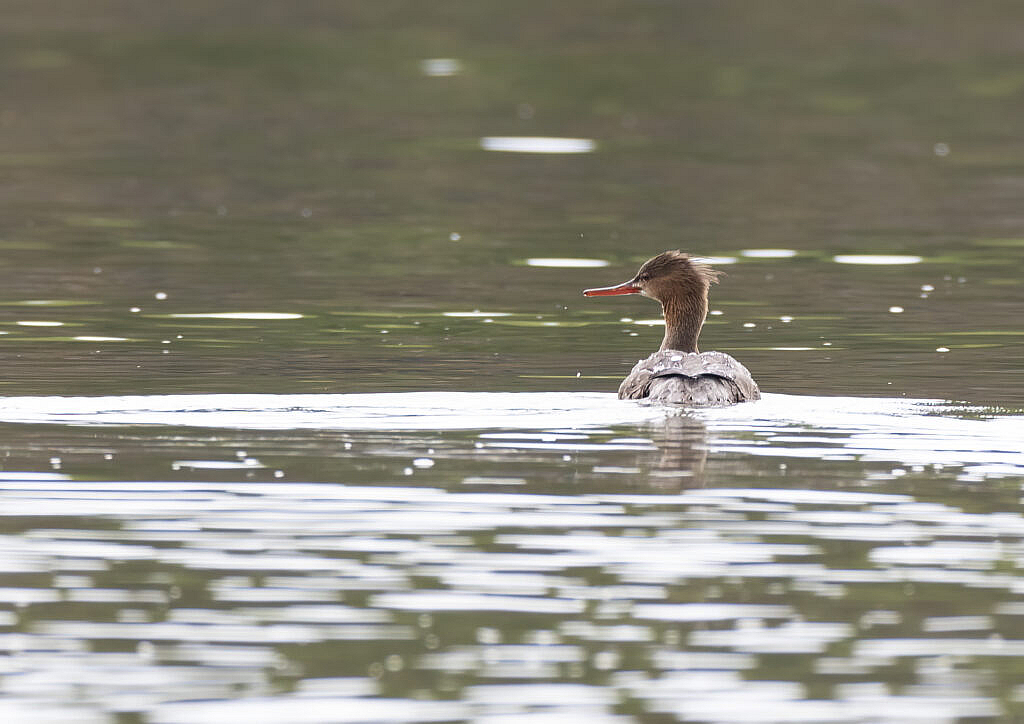
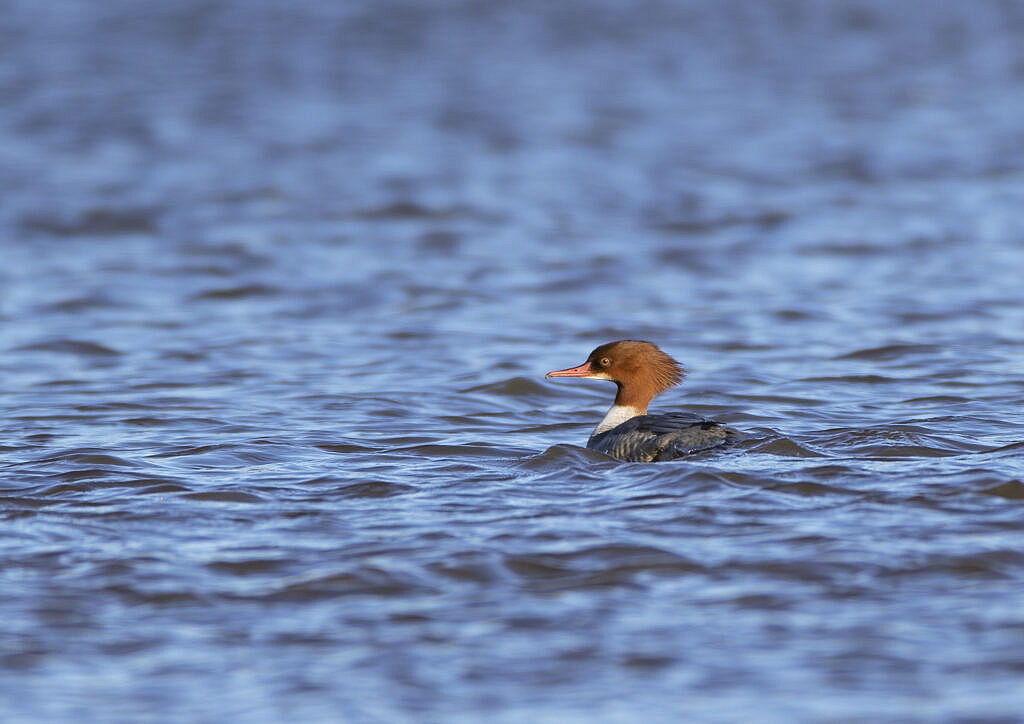
Mergansers are largely known for being sea-going ducks, which also feels odd. Ducks are pond and lake creatures to me, not venturers on the high seas, despite the fact that many ducks are often seen at sea, and some live most of their lives there. Indeed, the only time I’ve seen a red-breasted merganser was off the coast of Scotland, shepherding a straggled line of chicks across the choppy waters of a bay. So when a female was announced on a lake in definitely-not-coastal-Swindon, it got my attention. My immediate thought was that the person reporting the merganser on an inland freshwater lake had made a mistake. She was reportedly hanging around with a small group of male goosander, so it was likely to be a female goosander. But no – someone put up a photo and the duck had that diffuse border around its neck. That’s a characteristic of the merganser. This I had to see, especially as this was a merganser about 500 miles south of the place I’d normally have to go looking for one.
Several miles of walking later, and there she was, floating amongst the mallards and Canada geese and hordes of black-headed gulls. A stretch-limousine duck, long and thin, lying low to the water, with a grey body, a russet-brown head and neck, that long-red bill and one of the characteristic features of the saw bills, a crest at the back of the head that looks as if a trainee hairdresser did it on a literal bad hair day. She was diving for long periods, although I never saw her catch a fish. But then I noticed something about her. At first, I thought I was looking at chicks nestled amongst her down – several months too soon. But then the penny dropped, and I realised that whoever had reported her had made a mistake, after all. I was looking at a collar of small black-and-white feathers fluttering in the wind. To quote Lou Reed, he was a she, taking a walk on the wild side.
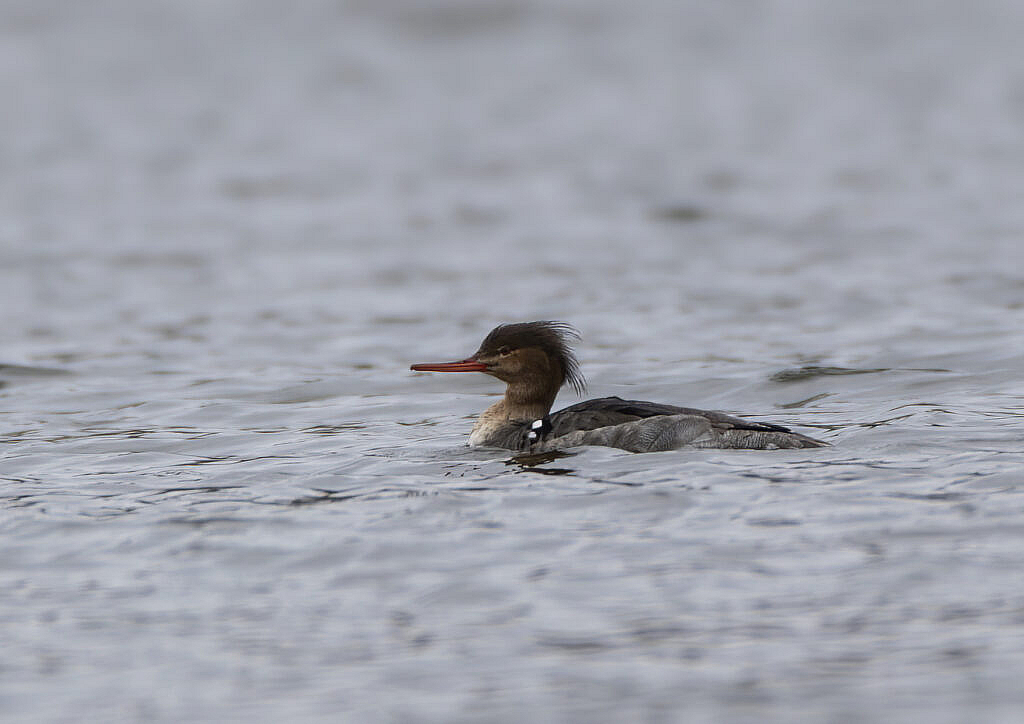
To ensure that they can fly, birds moult or shed their feathers, to replace worn-out and tatty ones with new ones. Instead of adopting the more pragmatic method of other bird species and shedding their flight feathers one at a time so they can always fly, many duck species shed their main flight feathers all at once, making them… well, sitting ducks which cannot fly well or at all. To stop themselves from becoming an easy lunch, the often flamboyantly-coloured male ducks spend the time when they are regrowing new flight feathers covered in a much more subdued colour pattern, often looking almost exactly like the more drab-coloured females. This temporary intermediate plumage is called ‘eclipse’ plumage, and it makes the job of knowing what you’re looking at a lot harder. In the case of the red-breasted merganser, eclipse males spend their time looking very much like females. So much so, that it can often be just those few fluttering black-and-white feathers that give it away.
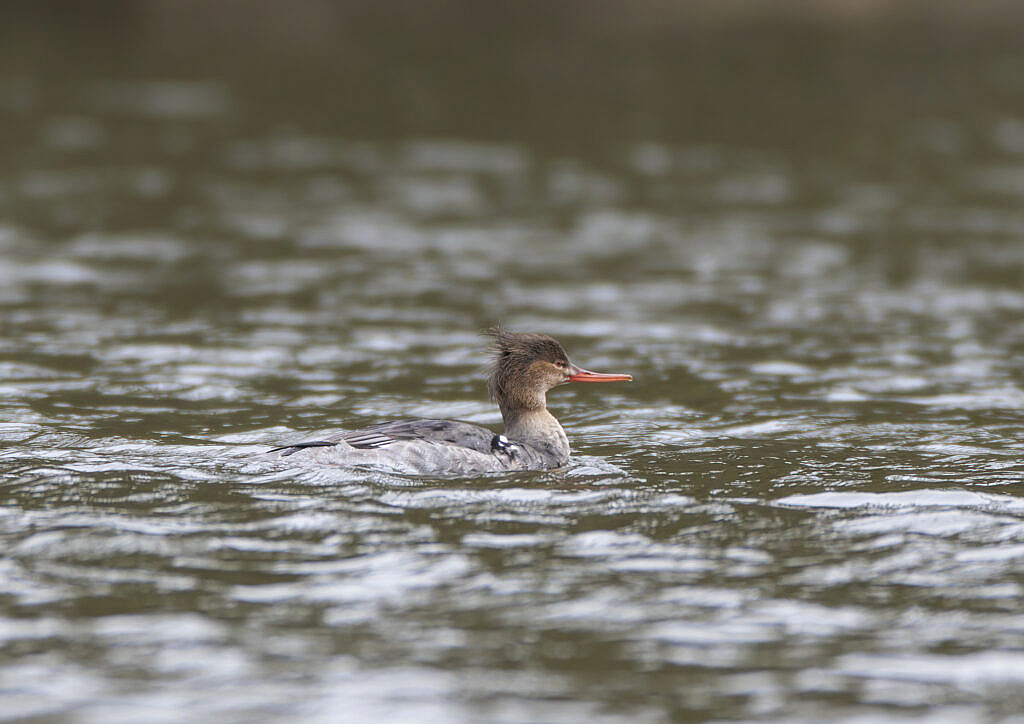
So this was not a female red-breasted merganser. This was an eclipse male. But in fairness to the original birder who spotted it, eclipse normally happens in summer, just after breeding. This one had either not got on with his moult last summer, so that he was looking his resplendently-coloured best when pairs form in the winter months, or else he’d gone early and shed before any breeding attempt. I suspect it was the former. But I wrote this article listening to David Bowie and got to musing on how gender fluidity isn’t something recent, or even something that humans invented. The resolutely male red-breasted merganser floating on my local lake will spend several weeks hanging around with his goosander chums – all resplendent in their resolutely male plumage – as a kind of feathery androgyne, a she who is a he, taking a walk on the wild side

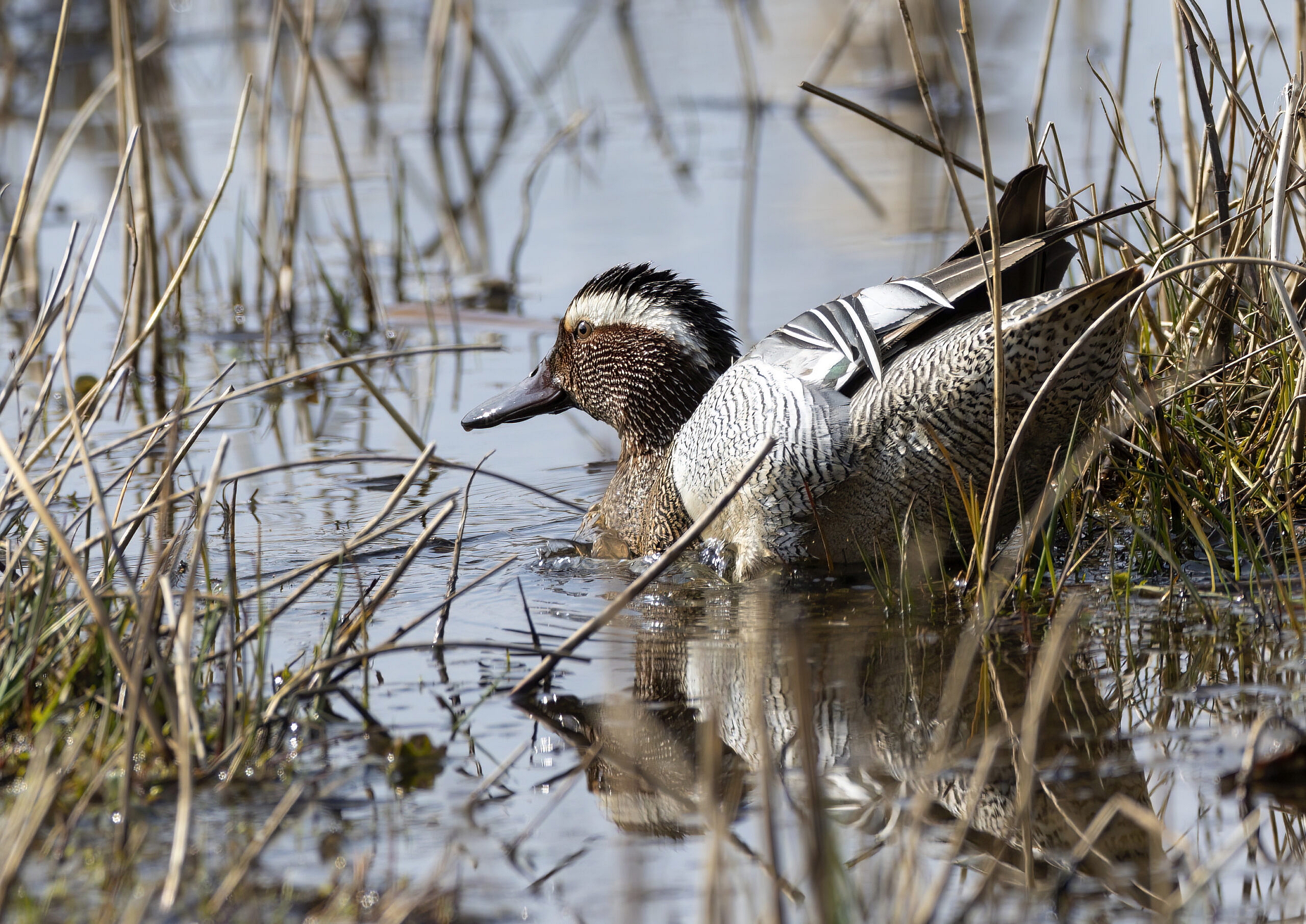
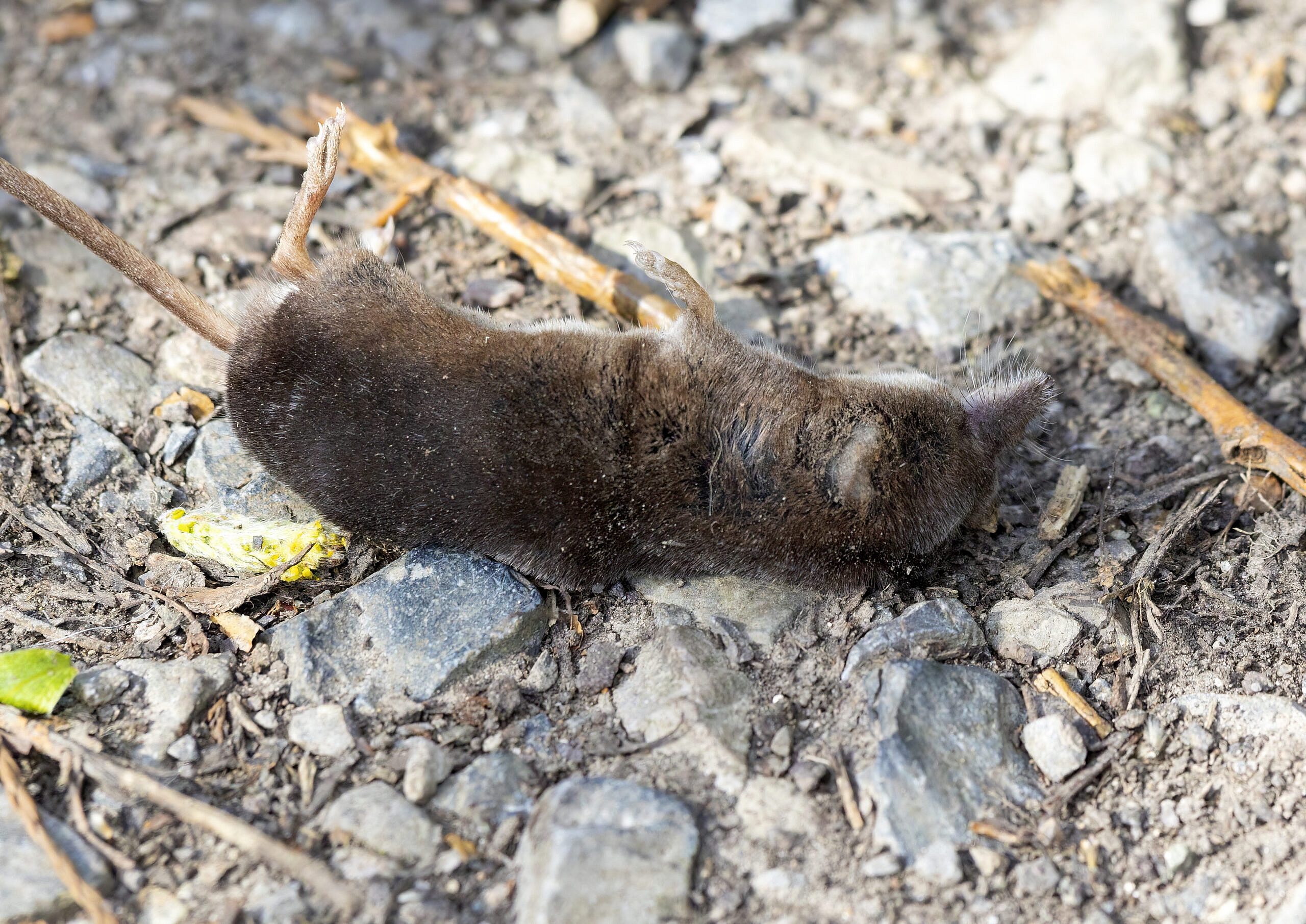
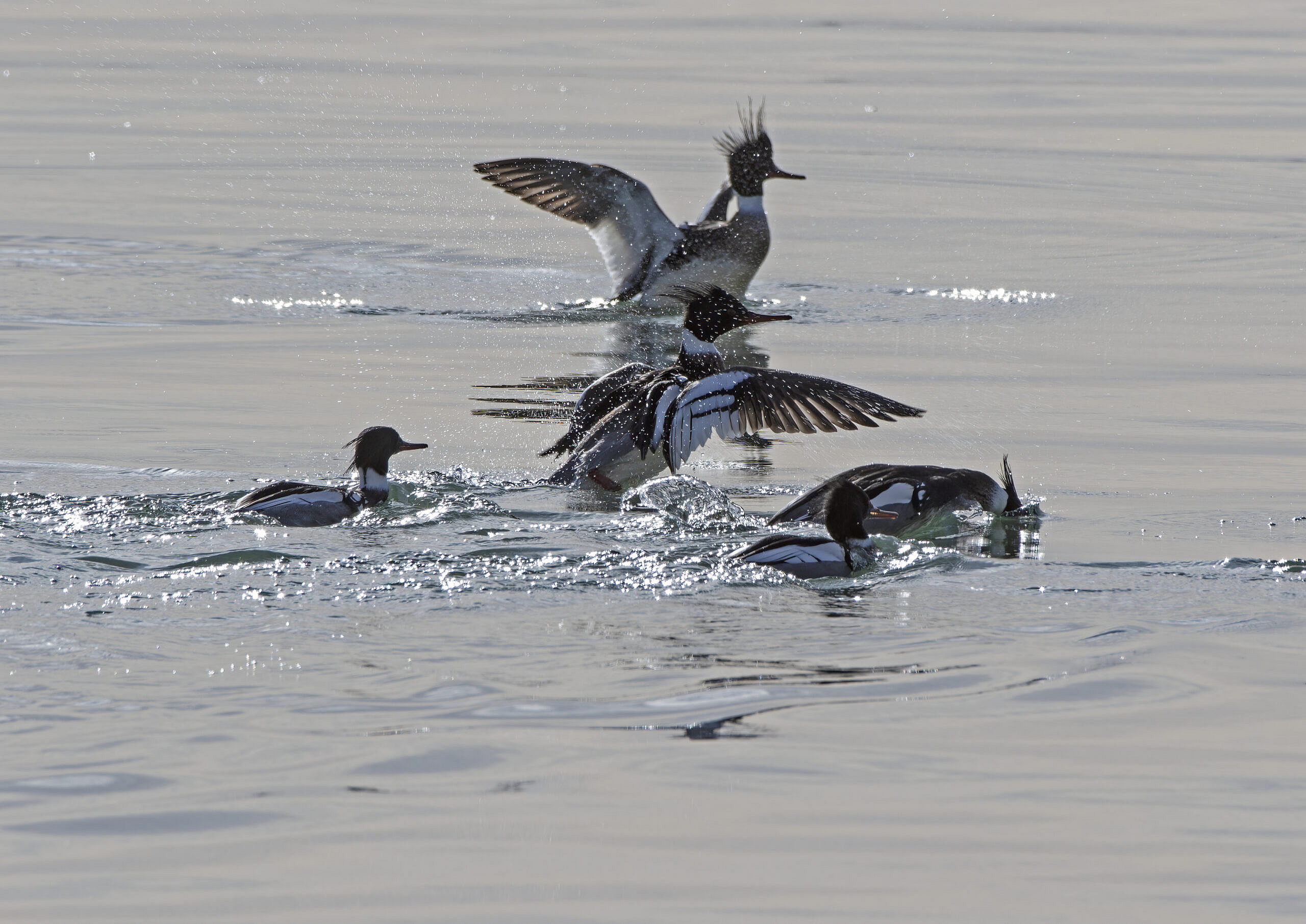

Social Profiles